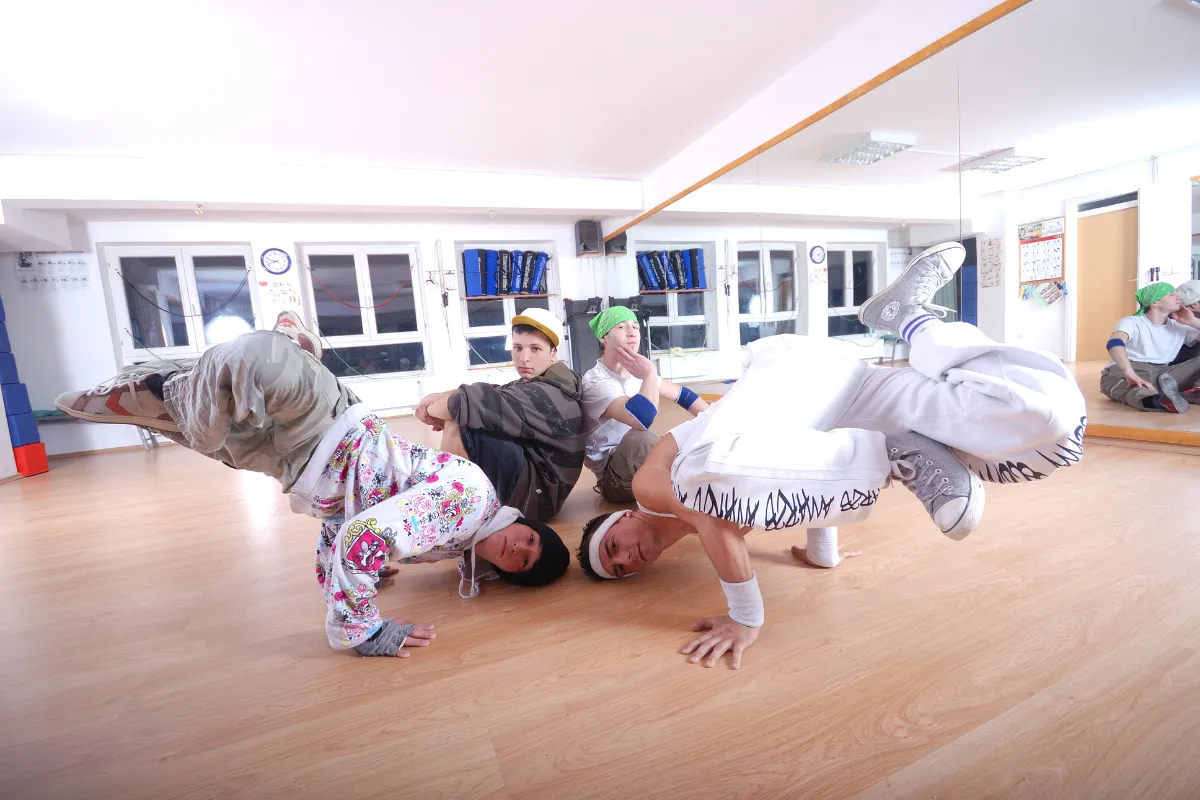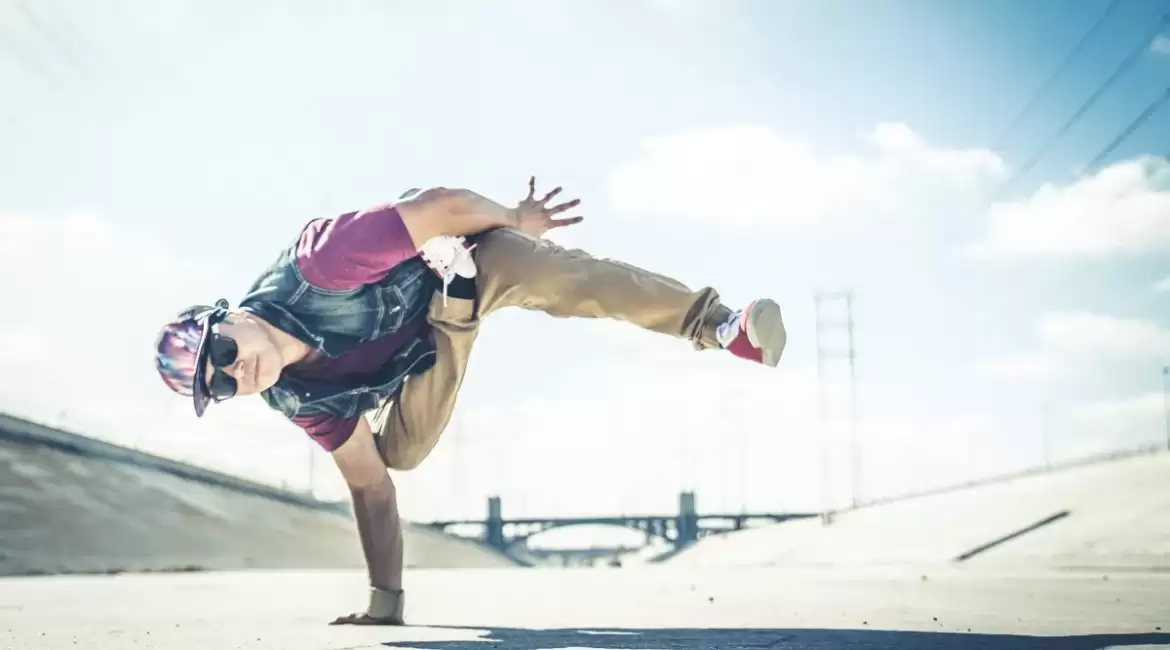The Paris Olympics marked a significant moment in sports history with the debut of breaking, also known as breakdancing, captivating audiences worldwide. However, as the world looks forward to the 2028 Los Angeles Olympics, the breaking community faces a harsh reality: this exhilarating sport will not be returning. In this article, we will explore the implications of breaking’s absence, the evolution of Olympic sports, and what this means for the future of breaking and its community.
Breaking: A Brief Overview
Breaking, a dynamic dance style that originated in the streets of the Bronx in the 1970s, is characterized by its intricate footwork, acrobatic moves, and powerful freezes. This dance form, deeply rooted in hip-hop culture, gained popularity through music videos, movies, and, most recently, competitions. In 2024, breaking made its Olympic debut in Paris, showcasing talented b-boys and b-girls on a global stage.
The Roots of Breaking
Breaking was born from the vibrant culture of hip-hop, encompassing not only dance but also music, art, and fashion. Early pioneers like DJ Kool Herc and Afrika Bambaataa helped shape the genre, and as it grew, so did the dance styles associated with it. Breaking became a symbol of self-expression, with dancers using their bodies to convey emotions, tell stories, and connect with others.
The Paris Olympics Experience
The inclusion of breaking in the Paris Olympics was a groundbreaking moment for the sport. It provided a platform for dancers to showcase their skills to a wider audience and gain recognition within the athletic community. The event featured intense competitions, with dancers from various countries battling for gold. Despite some confusion and mixed reactions from traditional sports fans, breaking captured the spirit of the Olympics by celebrating creativity, athleticism, and cultural diversity.

Memorable Moments from Paris
The Paris Olympics delivered unforgettable moments for breaking enthusiasts. With stunning performances from competitors like Japan’s Ami Yuasa, known as B-Girl Ami, audiences were treated to displays of technical prowess and artistic creativity. The competition showcased not only individual talent but also the rich cultural heritage that breaking embodies.
Why Breaking Won’t Be Back in 2028
Despite its successful debut, breaking will not be part of the Olympic lineup for the 2028 Los Angeles Games. According to Zack Slusser, vice president of Breaking for Gold USA and USA Dance, the decision stems primarily from funding challenges.
The Funding Dilemma
The breaking community has always faced financial hurdles. Slusser noted, “It was a miracle that we were even in Paris to begin with.” The lack of a solid financial infrastructure makes it difficult for sports like breaking to secure a place in future Olympic events. While the community celebrated its debut, the long-term sustainability of breaking in the Olympics remains uncertain.
The Impact of Funding on Sport Development
The absence of adequate funding not only affects the ability to participate in the Olympics but also hampers the overall growth and development of breaking as a sport. Without financial backing, organizing competitions, workshops, and training programs becomes increasingly challenging. The breaking community needs to address these financial constraints to ensure the longevity of the sport.
Looking Ahead to 2032
Even with hopes of a return, breaking’s prospects for the 2032 Brisbane Olympics are grim. The sport’s leaders believe that without significant investment and support from stakeholders, the chances of being included again are slim. The focus for many in the breaking community is on leveraging the exposure gained from the Paris Games to foster growth and sustainability.

The Future of Breaking: Community Focus
As breaking steps away from the Olympic spotlight, the community is determined to turn the focus inward. Building a robust infrastructure is vital for the longevity of the sport.
Elevating the Platform
Slusser emphasized the importance of using the Olympic exposure to create opportunities for growth within the community. “The amount of exposure to the right people that can bring real change to our community… will be significant to us,” he said. This newfound visibility can lead to increased sponsorship opportunities, workshops, and educational programs, ultimately helping to sustain the breaking scene.
Creating Sustainable Programs
One of the key challenges for breaking moving forward is establishing sustainable programs that can nurture talent and build a strong community. This includes creating training camps, mentorship programs, and competitions that are accessible to aspiring dancers. By fostering a supportive environment, breaking can ensure that the next generation of dancers has the resources they need to thrive.
Building a Supportive Ecosystem
The breaking community recognizes the need for collaboration and support. By working together and leveraging their experiences from the Olympics, dancers, organizers, and stakeholders can create a supportive ecosystem that fosters growth and development. Initiatives aimed at providing resources, mentorship, and financial backing can help ensure that breaking thrives beyond the Olympic stage.
Grassroots Efforts
Grassroots efforts will play a significant role in the future of breaking. Local communities and organizations can focus on engaging young people through workshops, classes, and events that celebrate the art of breaking. By instilling a sense of pride and ownership in the sport, these efforts can help cultivate a new generation of b-boys and b-girls who are passionate about their craft.

New and Returning Sports at the 2028 Los Angeles Olympics
While breaking may be absent, the 2028 Los Angeles Olympics will see the introduction of several other sports. These include:
Cricket
Cricket returns to the Olympics for the first time since 1900. The sport, immensely popular in many countries, will be a welcome addition to the Olympic lineup. With its rich history and passionate fan base, cricket’s return is expected to generate excitement and interest.
Flag Football
Flag football makes its Olympic debut, providing a fresh and exciting opportunity for athletes to showcase their skills in this fast-paced game. As a non-contact version of American football, flag football emphasizes teamwork, agility, and strategy, making it an appealing option for viewers and players alike.
Baseball and Softball
Baseball and softball are returning after their one-off appearance at the Tokyo Olympics. They were last featured in the Olympics in 2008, making their return a notable event. The inclusion of these sports reflects their enduring popularity and the continued interest in baseball and softball around the world.
Lacrosse
Lacrosse hasn’t been played at the Olympics since 1908, but it is set to make a comeback, highlighting the sport’s growth and popularity. With a rich history and increasing participation rates, lacrosse’s return to the Olympic stage will offer athletes a chance to compete at the highest level.
Squash
Squash will also make its Olympic debut, providing a platform for one of the fastest-growing sports globally. With its fast-paced action and strategic gameplay, squash is expected to attract a new audience and showcase the talent of its top players.
Changes and Challenges in the Olympic Landscape
The shifting landscape of Olympic sports reflects changing trends and the desire to attract younger audiences. The inclusion of sports like flag football and the return of cricket showcase the Olympics’ adaptability and commitment to promoting diverse athletic disciplines.
Modern Pentathlon’s Transformation
Modern pentathlon faced scrutiny and was almost removed from the Olympic program. However, it retained its place by replacing the horse jumping event with obstacle course racing, indicating a willingness to innovate and evolve traditional sports. This change aims to make modern pentathlon more relevant and appealing to a broader audience.
Boxing’s Uncertain Future
Boxing remains a staple of the Olympic Games, but its future is currently uncertain due to the lack of a recognized governing body. This situation raises questions about the sport’s integrity and future participation in the Olympics. The International Olympic Committee (IOC) has emphasized the need for reform, and the outcome of ongoing discussions will be crucial for boxing’s status in the future.
The Importance of Adaptation
The changing dynamics of the Olympic Games highlight the importance of adaptation. As new sports gain popularity, traditional sports must find ways to remain relevant and engaging for audiences. The inclusion of diverse disciplines not only enhances the Olympic program but also fosters a sense of inclusivity and representation in sports.
Conclusion
While breaking may not return to the Olympic stage in 2028, its spirit remains strong. The community’s resilience and dedication to the art form will ensure that breaking continues to thrive. By focusing on sustainability, cultural representation, and community engagement, breaking can carve out its place in the world of sports and continue to inspire generations to come.
As we reflect on the journey of breaking, we are reminded that the heart of the sport lies in its community—dancers who pour their passion into every move, express their stories through rhythm, and keep the essence of hip-hop culture alive. The future may be uncertain, but the legacy of breaking is one of creativity, connection, and celebration—a legacy that will continue to shine bright, both on and off the Olympic stage.


Leave a reply